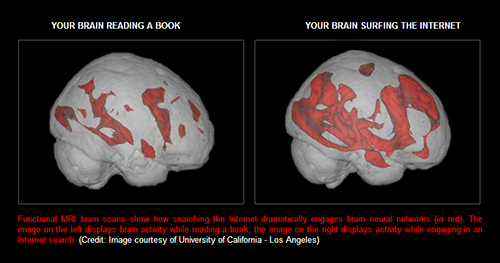Inside the Brain: An Interactive Tour
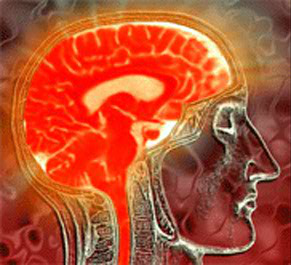
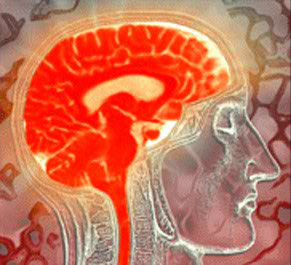
Roll your mouse over red text to highlight special features
The Brain Tour explains how the brain works and how Alzheimer's affects it.
Specific activity patterns in your Brain change throughout life as we meet new people, have new experiences and acquire new skills. The patterns also change when Alzheimer's disease or a related disorder disrupts nerve cells and their connections to one another. The images in this Visual Tour of your Brain are intended to give you additional insight into how these changes appear inside your mind.
Alzheimer's is one of the fastest growing diseases in the world and with people continuing to live longer it will have a dramatic impact on Life Expectancy for many years to come. It is the #5 cause of death in the USA and #29 in Japan, which is one of the reasons the Japanese live longer.
2. Three Pounds, three parts
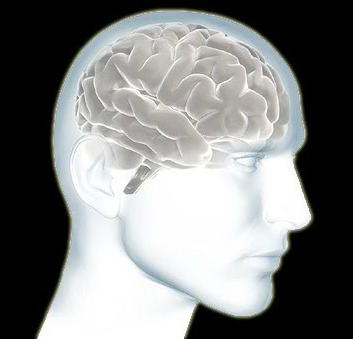
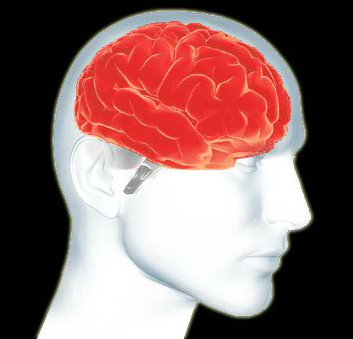
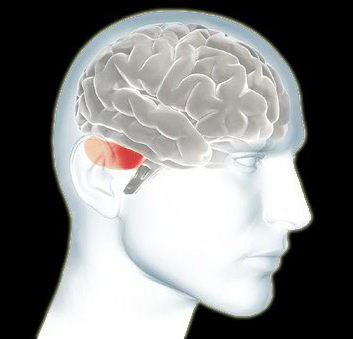
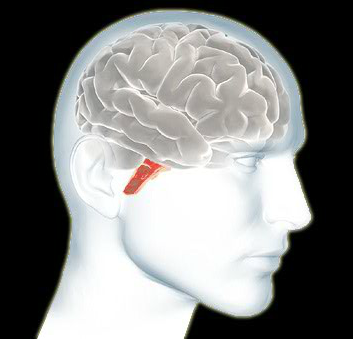
Roll your mouse over red text to highlight special features
Your brain is your most powerful organ, yet weighs only about three pounds. It has a texture similar to firm jelly.
1. The cerebrum fills up most of your skull. It is involved in remembering, problem solving, thinking, and feeling. It also controls movement.
2. The cerebellum sits at the back of your head, under the cerebrum. It controls coordination and balance.
3. The brain stem sits beneath your cerebrum in front of your cerebellum. It connects the brain to the spinal cord and controls automatic functions such as breathing, digestion, heart rate and blood pressure.
3. The cortex: "Thinking wrinkles"
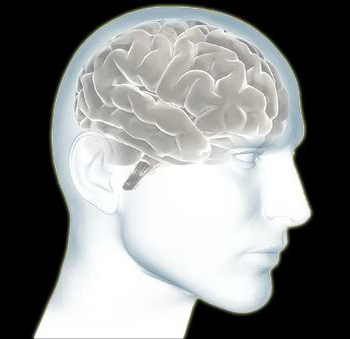
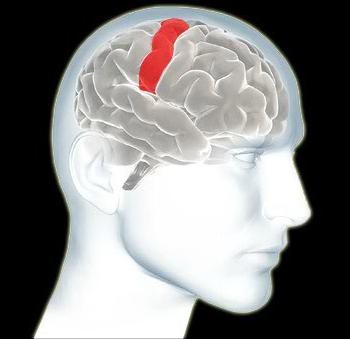
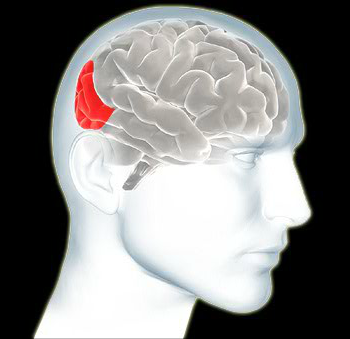
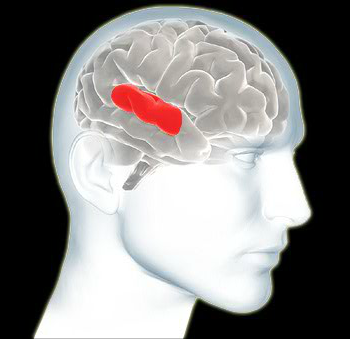
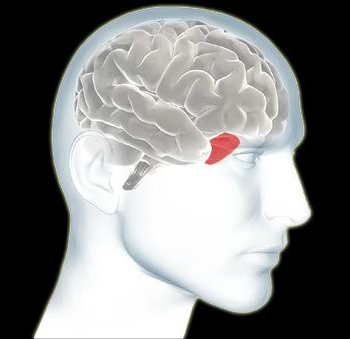
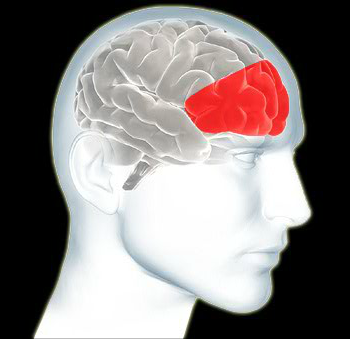
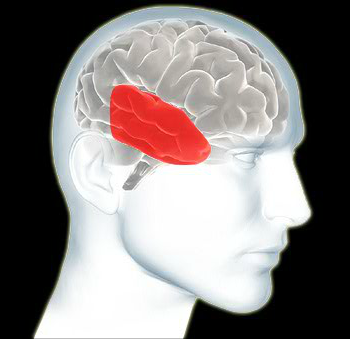
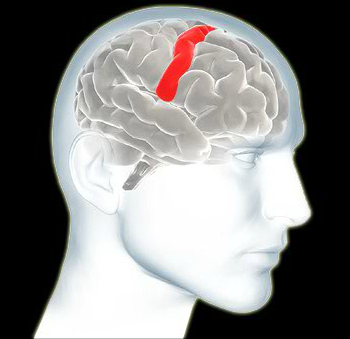
Roll your mouse over red text to highlight special features
Your brain’s wrinkled surface is a specialized outer layer of the cerebrum called the cortex. Scientists have “mapped” the cortex by identifying areas strongly linked to certain functions.
Specific regions of the cortex:
Interpret sensations from your body, and sights, sounds and smells from the outside world.
Generate thoughts, solve problems and make plans.
Form and store memories.
Control voluntary movement.
4. Supply lines
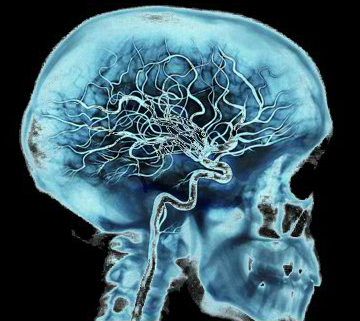
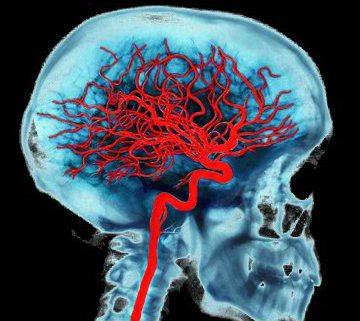
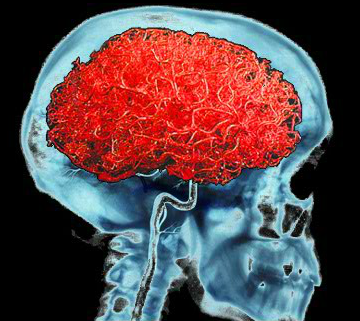
Roll your mouse over red text to highlight special features
Your brain is nourished by one of your body's richest networks of blood vessels.
With each heartbeat, arteries carry about 20 to 25 percent of your blood to your brain, where billions of cells use about 20 percent of the oxygen and fuel your blood carries.
When you are thinking hard, your brain may use up to 50 percent of the fuel and oxygen.
The whole vessel network includes veins and capillaries in addition to arteries.
5. Left brain/right brain
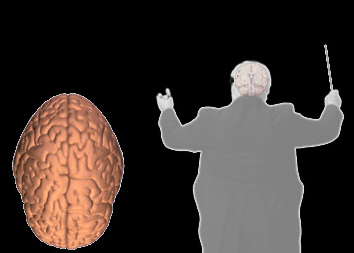
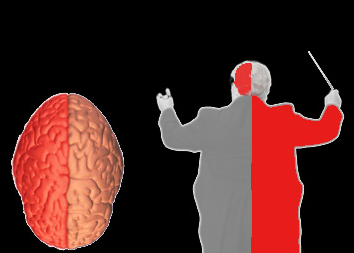
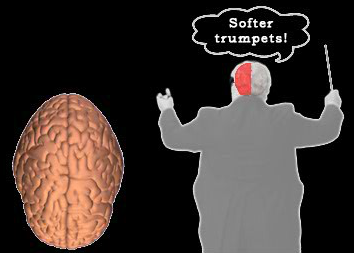
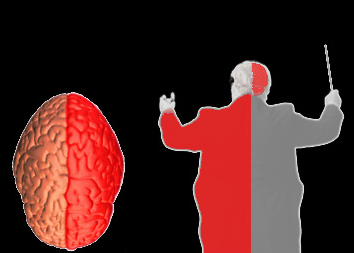
Roll your mouse over red text to highlight special features
Your brain is divided into right and left halves. Experts are not certain how the "left brain" and "right brain" may differ in function, except:
The left half controls movement on the body's right side.
The right half controls the body's left side.
In most people, the language area is chiefly on the left.
6. The neuron forest
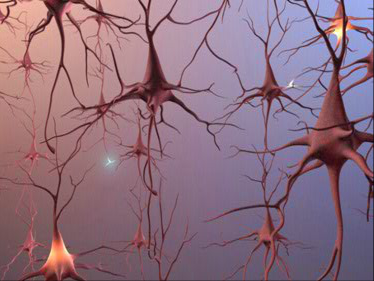
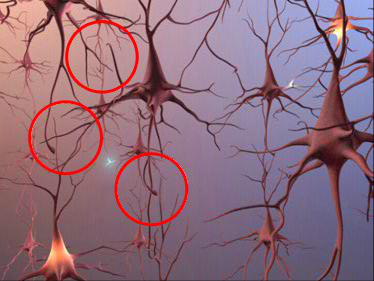
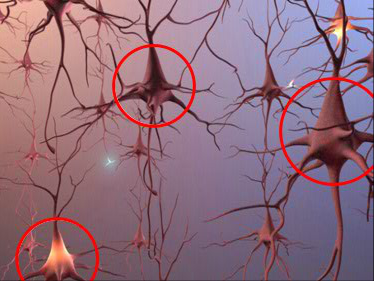
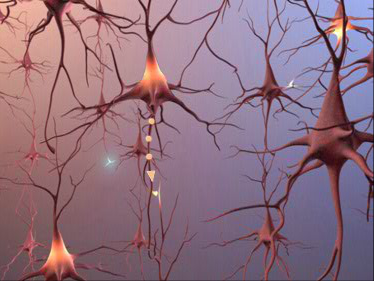
Roll your mouse over red text to highlight special features
The real work of your brain goes on in individual cells. An adult brain contains about 100 billion nerve cells , or neurons, with branches that connect at more than 100 trillion points. Scientists call this dense, branching network a "neuron forest."
Signals traveling through the neuron forest form the basis of memories, thoughts, and feelings.
Neurons are the chief type of cell destroyed by Alzheimer's disease.
7. Cell signaling
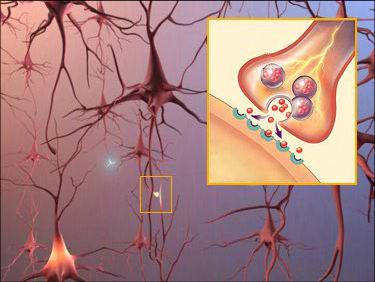
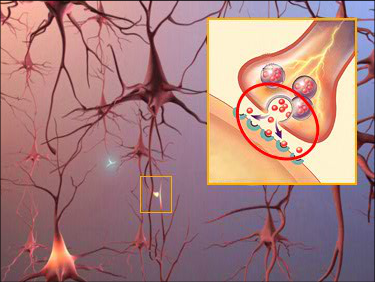
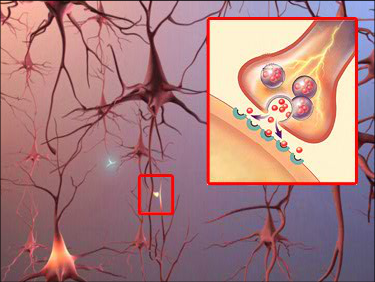
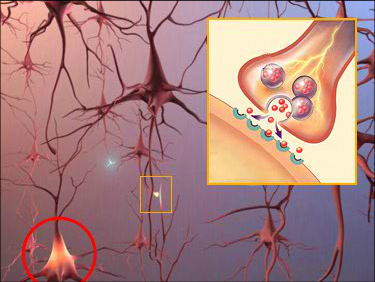
Roll your mouse over red text to highlight special features
Signals that form memories and thoughts move through an individual nerve cell as a tiny electrical charge.
Nerve cells connect to one another at synapses. When a charge reaches a synapse, it may trigger release of tiny bursts of chemicals called neurotransmitters. The neurotransmitters travel across the synapse, carrying signals to other cells. Scientists have identified dozens of neurotransmitters.
Alzheimer's disease disrupts both the way electrical charges travel within cells and the activity of neurotransmitters.
8. Signal coding
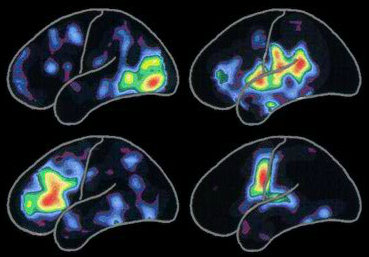
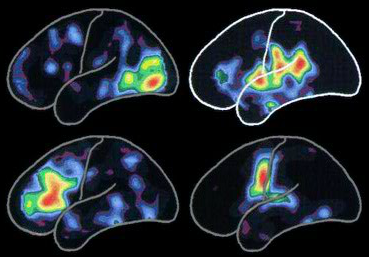
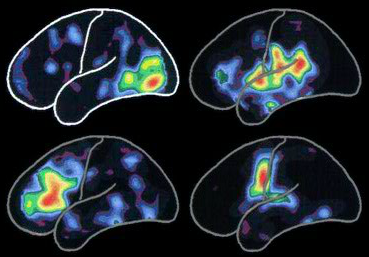
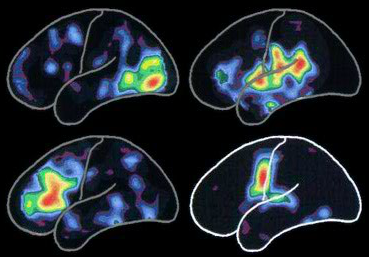
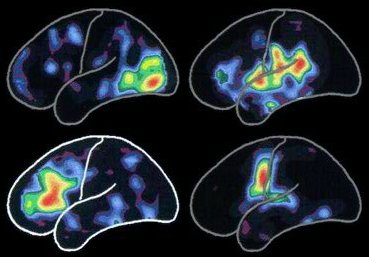
Roll your mouse over red text to highlight special features
100 billion nerve cells… 100 trillion synapses…. dozens of neurotransmitters… This “strength in numbers” provides your brain’s raw material. Over time, our experiences create patterns in signal type and strength. These patterns of activity explain how, at the cellular level, our brains code our thoughts, memories, skills and sense of who we are. The positron emission tomography (PET) scan on the left shows typical patterns of brain activity associated with:
Reading words
Hearing words
Thinking about words
Saying words
Activity is highest in red areas and then decreases through the other colors of the rainbow from yellow to blue-violet.
9. Alzheimer’s changes the whole brain
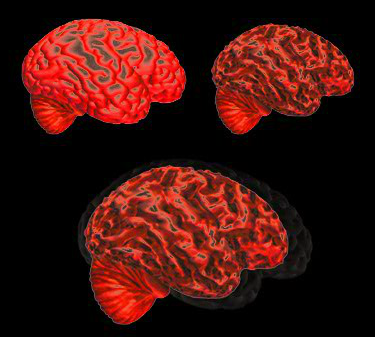
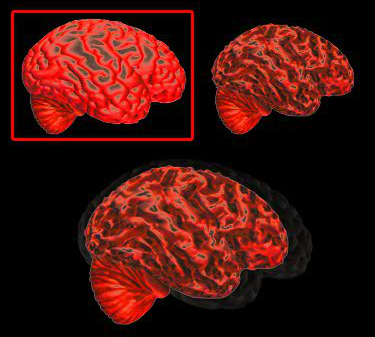
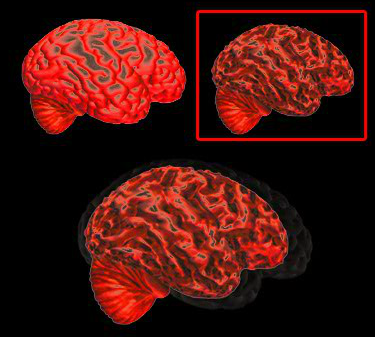
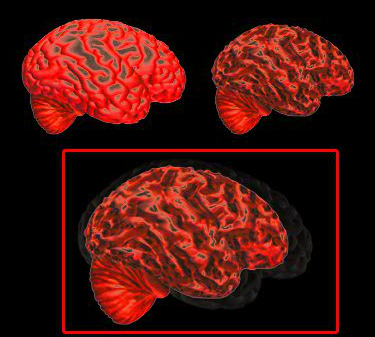
Roll your mouse over red text to highlight special features
Alzheimer’s disease leads to nerve cell death and tissue loss throughout the brain. Over time, the brain shrinks dramatically, affecting nearly all its functions.
These images show:
A brain without the disease
A brain with advanced Alzheimer’s
How the two brains compare
10. More brain changes
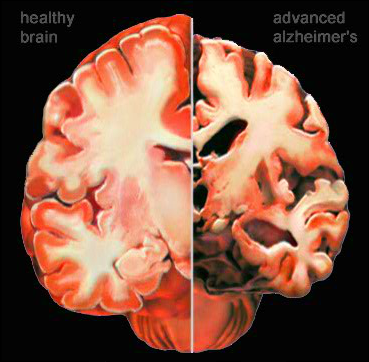
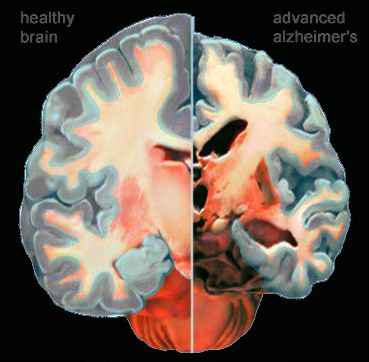
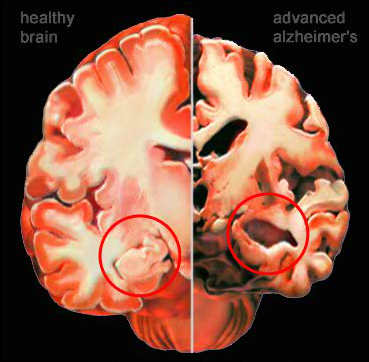
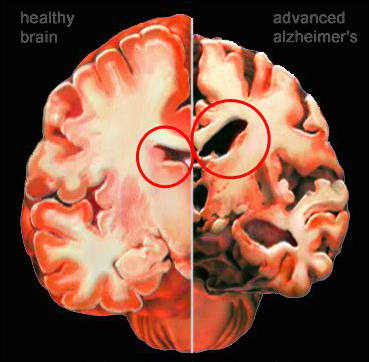
Roll your mouse over red text to highlight special features
Here is another view of how massive cell loss changes the whole brain in advanced Alzheimer's disease. This slide shows a crosswise "slice" through the middle of the brain between the ears.
In the Alzheimer brain:
The cortex shrivels up , damaging areas involved in thinking, planning and remembering. Shrinkage is especially severe in the hippocampus , an area of the cortex that plays a key role in formation of new memories. Ventricles (fluid-filled spaces within the brain) grow larger.




